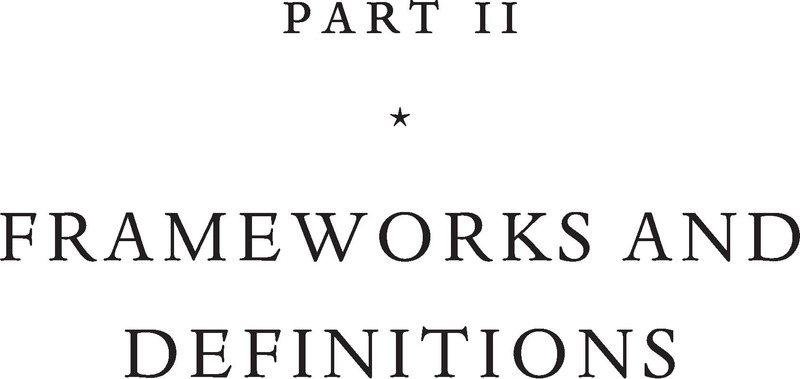Book contents
Part II - Frameworks and Definitions
Published online by Cambridge University Press: 07 May 2021
Summary

- Type
- Chapter
- Information
- The Cambridge History of Terrorism , pp. 29 - 146Publisher: Cambridge University PressPrint publication year: 2021



